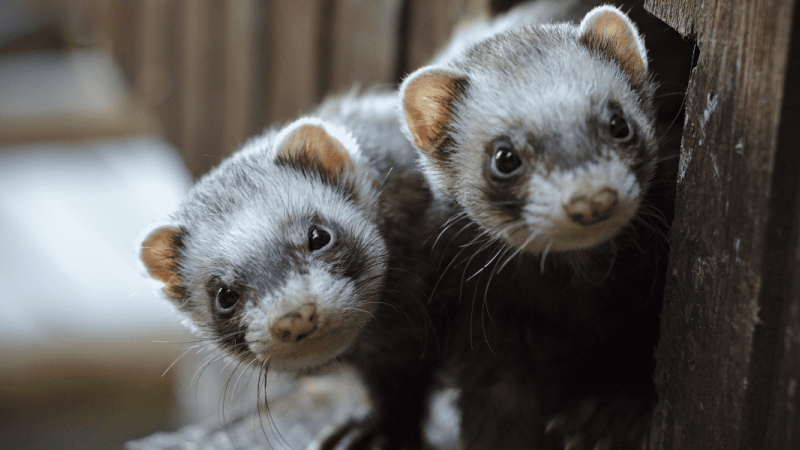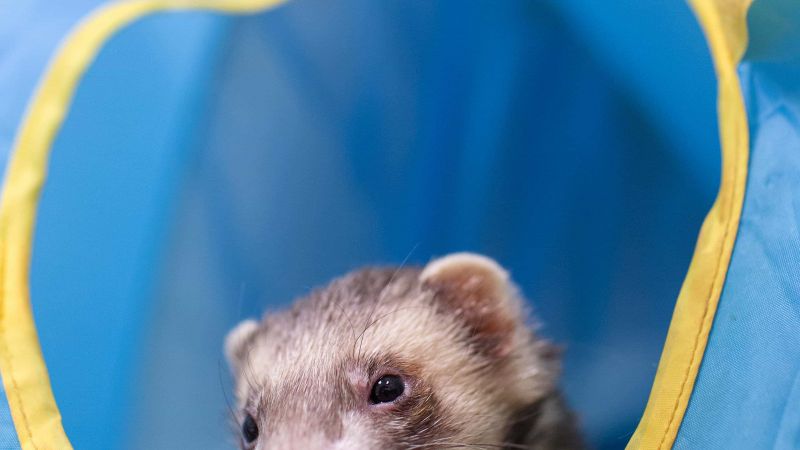Some potentially lethal strains of flu are found in animal populations but do not spread easily to people. To find out whether they could mutate to form a strain more dangerous to humans, the bird flu virus was mutated and fused with swine flu, creating a strain that can easily spread between ferrets via airborne droplets. The findings could help with future epidemic-prevention planning and aid vaccine development.
Scientists took the H5N1 bird flu strain and mutated a gene that encodes the protein that makes the virus stick to cell walls in the throats of birds. From 2.1 million mutants, they identified one that was able to stick to human nose and throat cells. Because flu viruses in the wild can also gain new properties by swapping genes with other viruses, the researchers combined this gene with seven others from a highly contagious swine flu virus, the H1N1 strain that caused a pandemic in 2009.
The new strains were tested on ferrets genetically modified to contain the virus-binding proteins found in the human nose and throat, creating an accurate mimic of the human respiratory system. The virus evolved further inside the ferrets as it was passed from one to another using throat swabs. Through this process a third mutation was identified when the virus was transmitted to ferrets in nearby cages via airborne mucus droplets. The newly created virus did not kill the ferrets and could be treated with anti-flu medicines.
Previous flu pandemics have killed millions of wild and farm animals, and even thousands of people despite being poorly transmitted between them. This research shows that flu viruses could mutate into a much more devastating form. But armed with the knowledge generated, scientists are better equipped to monitor the natural and unavoidable evolution of flu viruses and plan for their control.
Last edited: 26 October 2022 18:06



